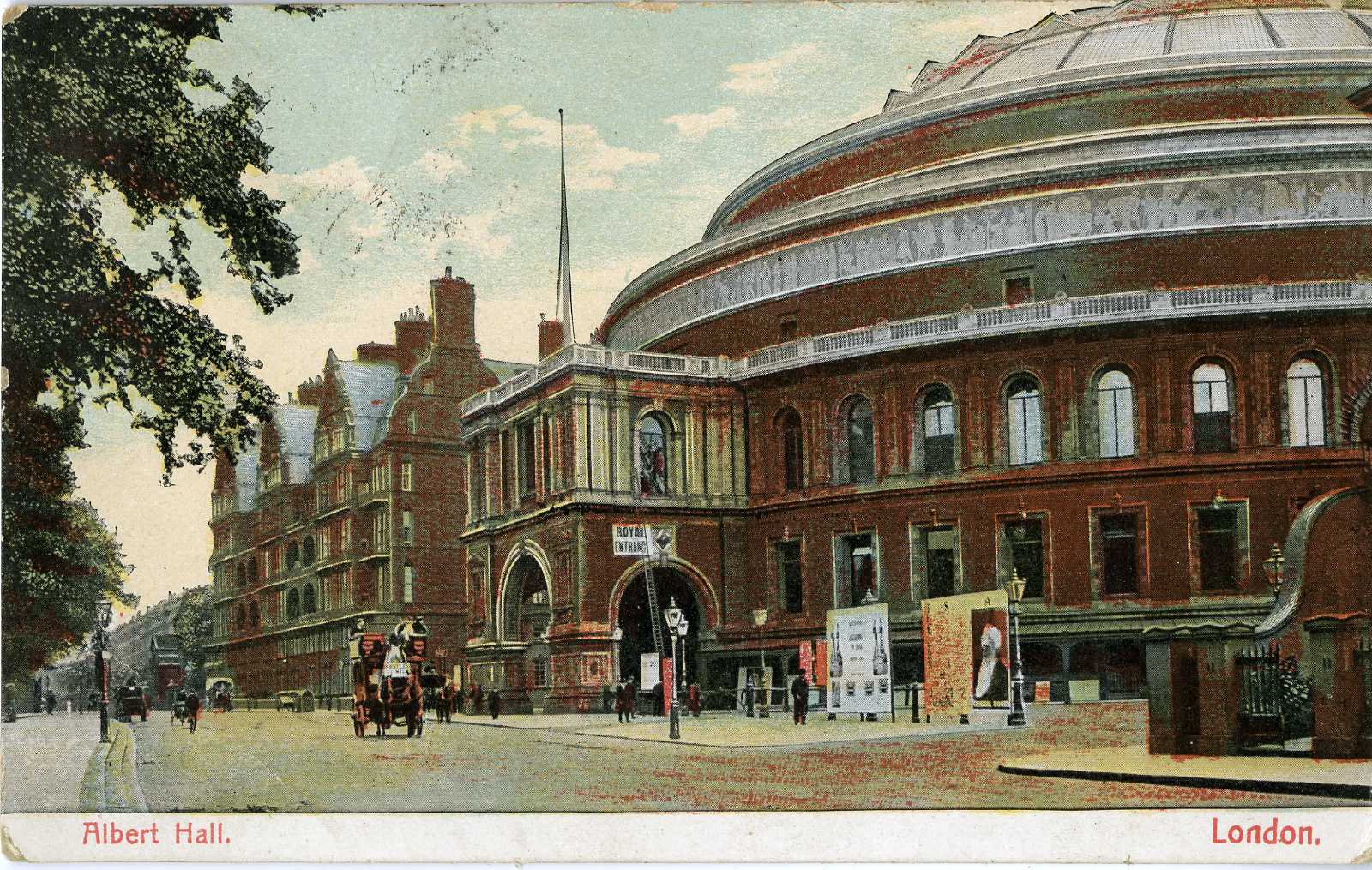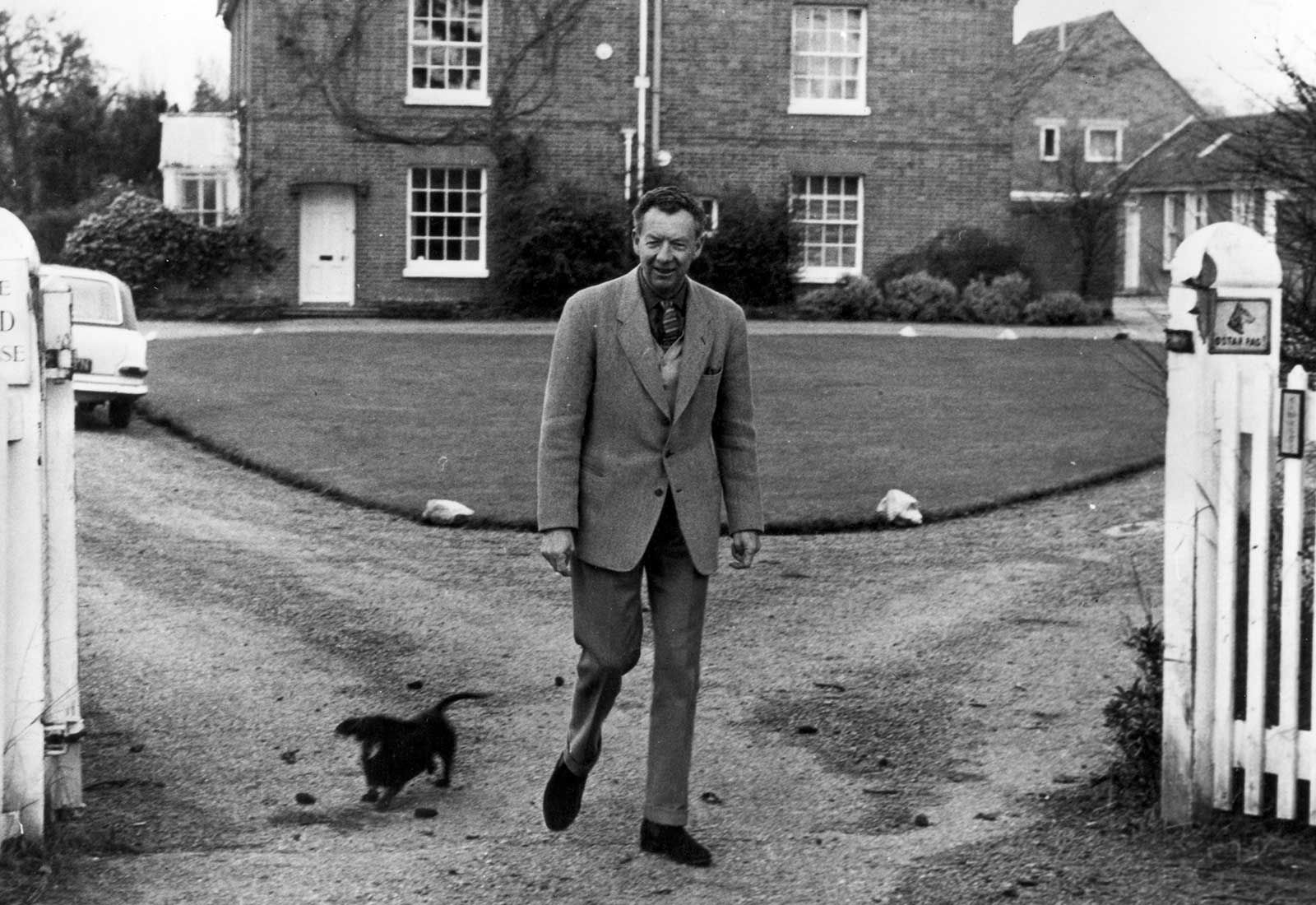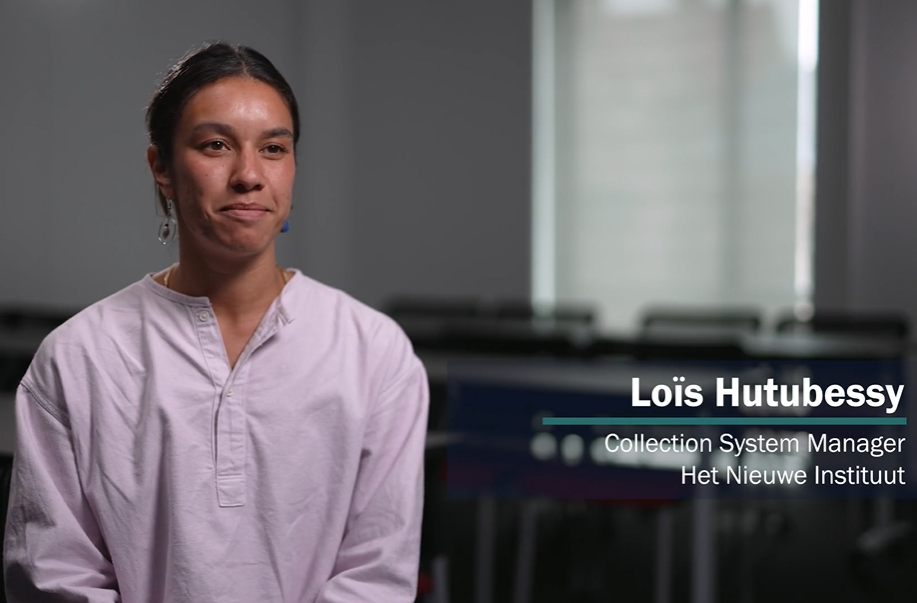When a former CEO at the Hall threatened to throw the priceless collection in a skip, the Archives team knew they had to prove their worth
Archives are a vital but all too often under-utilised resource at large institutions. It can be hard for archive departments to get noticed at times, with limited resources and a lack of recognition for the true value they possess.
The Royal Albert Hall Archive has fought against this anonymity for years but has recently received the small but symbolic gesture of getting a sign on the archive door.
“It has transformed our office from being a mysterious cupboard to being a bonafide space for historical research” says Alicia Kirkbride, Assistant Archivist.
It might have been so different had former Royal Albert Hall staff not risen to the challenge set by a previous CEO, who threatened to throw the collection in a skip if they couldn’t prove the value of the archive.
Prove it they did and now everyone at the Hall recognises their Archive’s importance.
Here, Alicia discusses how they’ve got to this point, including the unique way her team works with their Axiell Calm CMS, and how this is helping the Archive support the entire organisation.

What’s unique about the Royal Albert Hall’s collection and the way you work with your CMS?
“The Royal Albert Hall is the ‘world’s most famous stage’. The Archive is the guardian of the Hall’s collective memory and is responsible for managing collections which include programmes, handbills, posters, photographs, building plans, prints, artworks, business records and audio-visual materials.”
The Archive also keeps a record of every performance to have taken place at the Hall since it opened in 1871. In total, there are over 40,000 records.
“There are 3 key datasets in Calm which we currently use. We have the Performance Database, our Archive Catalogue and an Authority Database. The links between these databases help us with research enquiries and improve our understanding of events, artists and promoters at the Hall.
We can extract information to gain various insights, such as; artist-specific anniversaries at the Hall (Eric Clapton having performed at the Hall 209 times to present), how many times certain promoters have booked the Hall, and how many main auditorium events took place in specific years.
Information and data are increasingly being viewed as corporate assets. The potential of data can be unlocked through effective gathering and repurposing. The value of which is now being seen by departments across the Hall.”

So why was the hall’s archive collection almost thrown in a skip and how did it survive?
“The main reason the Archive is here today is because the public and all levels of staff see its business, cultural and social value. A former CEO challenged the Archive to prove its value or risk being disposed of.
At this time, there was little-to-no intellectual control over what was being stored or where. Space and storage at the Hall, as in many venues and archives, was quickly filling up. In order for the archive to exist, let alone remain onsite, the team needed to show how it adds value to the business.
This was achievable through cross-departmental collaboration, opening up access to the archive particularly for staff, and through the self-promotion of what’s been achieved within the team and what’s planned for the future. Reports are written up annually and disseminated across the organisation through meetings and on the staff forum. Making people aware of what we do and what we can offer is vital to the survival of the archive.”
How do you make other departments aware of the archives?
“The Hall’s Archive is currently in a strong position due to the hard-work, determination and forward-planning of the team over the years. We have strong links with other departments and aim to ensure that staff throughout the organisation feel that it’s their archive too.
We achieve this by putting on events for staff at the Hall, such as opening up the Archive for the ‘Explore Your Archive’ national campaign. This is particularly important for those who may not necessarily know what we do or wish to know more about the unique history of the Hall.”

In what ways does the Archive provide value to other teams at the Hall?
“Our internal enquiries come from a wide range of departments across the Hall including; programming, press and marketing, education and outreach, building projects, merchandise, philanthropy, tours, hospitality, friends & patrons, finance and senior management.”
Here are just some of the ways the Archives have supported other departments over the past year:
Building Projects:
“We have recently had the 16 original drawings for the iconic frieze mosaic digitised and hope to launch an informative and interactive webpage. We have also had our earliest 300 building plans photographed. These will be used by the building projects team and will act as a vital primary source in for building conservation, which is particularly important due to the Grade 1 listing.
By putting these on a staff-accessible digital asset management platform, and attaching appropriate metadata, we can help different departments at the same time and without risk to damaging original materials.”
Media Engagement:
“Archives, working with marketing and press, and digital content teams, were heavily involved with media engagement activities in 2018. From segments on London Live about the Women and the Hall Season and on ITV ‘This Morning’ about the love story of Albert and Victoria, to BBC documentaries including BBC 4 ‘Our Classical Century’ and BBC Two ‘Victoria and Albert: The Royal Wedding’.”
The Royal Albert Hall Stars:

“The Royal Albert Hall Stars are a series of engraved stones topped off with brass stars which run around the outside of the building. They celebrate the key players in the Hall’s history from its opening in 1871 to the present day. The Archive team assisted with gathering information from Calm about the Hall’s most prolific and iconic performers. The first 11 stars of this project were unveiled with a press launch on 4 September 2018.”
The Suffragettes and Women and the Hall Season:

“Inspired by the Hall’s role in the fight for Votes for Women, the Archives team worked closely with Programming to create a whole season (January-April) celebrating women past, present and future at the Hall.
Archives were involved with various activities for this season including; the 100 Banners Project exhibition, a curated photographic exhibition which celebrates the diversity of female performers, education workshops for children and families to learn about Suffragettes and make rosettes, and archive displays about the WSPU and NUWSS meetings held at the Hall between 1908-1918. The Archive team also staged a 24 hour Twitter take-over to mark the 100th anniversary of votes for women.”
You’re starting to exhibit archive content in the foyer, hallways and on the blog more and more. Why are you doing this?
“A key aim for the archive is to open up the collections to the public. As we can offer visits to the archive by appointment only, having archival displays onsite and online content is a useful way to open up the collections outside of this availability. We are fortunate to have a few spaces in this busy working building within which we can display archive content.
We select a theme usually based on an anniversary or key event in the auditorium. In 2018 these included the suffragettes and women at the Hall, WWI Armistice, Leonard Bernstein and a selection of recent acquisitions.
We work with the digital content team for blogging and social media activities. It is important that we flag up any archival findings, including key anniversaries or interesting acquisitions which we think should be seen by wider audiences. This collaboration enables the Hall to be actively engaged with its own archives, and is another avenue from which archives can reach more people.”
What are your goals going forward?
“Along with our usual archival work, a key ongoing activity is the maintenance of our performance database on Calm. We aim to capture as much useful information and usable data as possible about the events at the Hall in the auditorium and smaller spaces. This is no mean feat as last year we reached 402 performances in the auditorium alone.
In the longer term, and from my personal interest, we are keen to explore data visualisation and the impact of modern technologies on both archival practices and the shows hosted at the Hall. I am interested to see how we can make use of the data stored on Calm to make our database more accessible to different audiences and to make it more visually enticing.”




